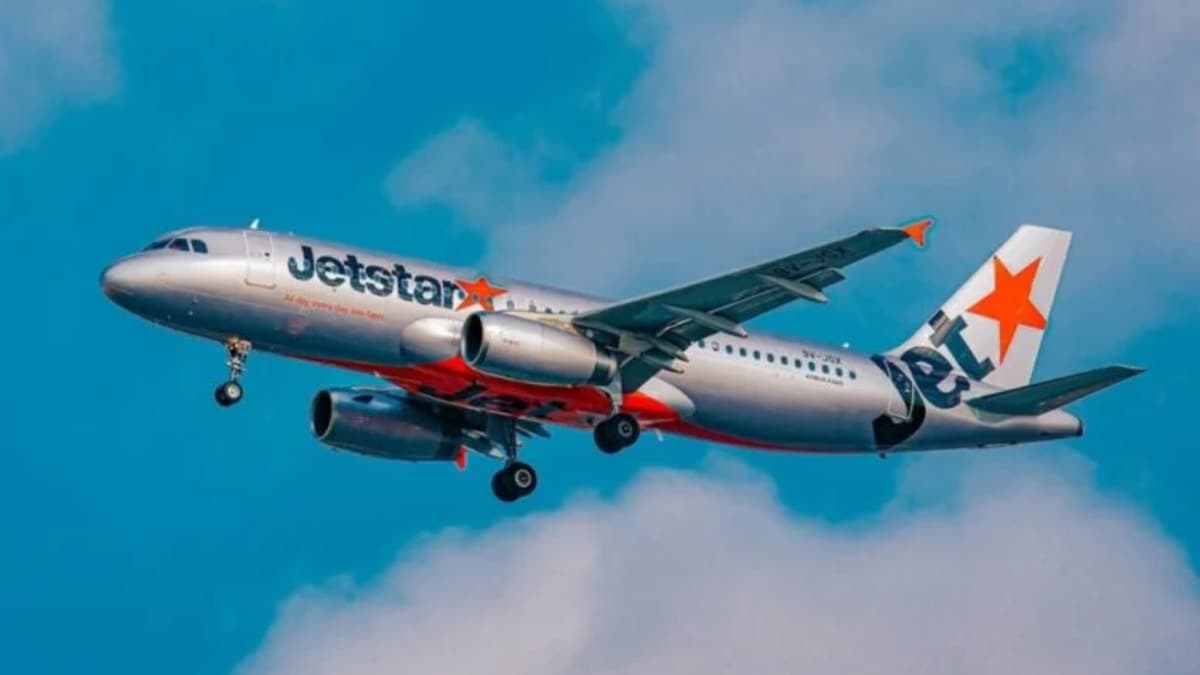Qantas to close Jetstar Asia as part of strategic restructure, redeploying aircraft to core markets
Qantas Group will close Jetstar Asia by 31 July 2025, citing unsustainable costs and losses. Thirteen Airbus A320s will be redeployed to Australia and New Zealand, supporting new jobs and fleet renewal as part of Qantas’ capital recycling strategy.

- Qantas Group will close Jetstar Asia by 31 July 2025, citing rising costs and projected losses of US$35 million.
- Thirteen Airbus A320s will be redeployed to Australia and New Zealand, creating over 100 jobs and supporting fleet renewal.
- The closure incurs an estimated US$175 million financial impact but frees up US$500 million in capital for reinvestment.
Qantas Group announced on 11 June 2025 that it will shut down Jetstar Asia, its Singapore-based low-cost carrier, by the end of July, as part of a sweeping strategic restructure aimed at strengthening its core markets and advancing its fleet renewal programme.
The decision will allow Qantas to recycle up to US$500 million in capital, to be redirected towards modernising its aircraft fleet and improving long-term returns.
Redeployment of aircraft and job creation
Thirteen Airbus A320 aircraft currently operated by Jetstar Asia will be progressively redeployed to Australia and New Zealand.
The redeployment is expected to create over 100 new jobs across the two countries, enabling Jetstar Airways to expand low-fare services. Some aircraft will also be directed to Qantas’ regional operations, particularly those servicing Western Australia’s resources sector.
Qantas Group CEO Vanessa Hudson said the move was essential for disciplined capital allocation: “We’re making disciplined decisions which recycle capital across our business and prioritise it to stronger performing segments as well as strategic growth initiatives like Project Sunrise.”
Financial pressures behind closure
Jetstar Asia, which has operated for over two decades, has faced mounting financial challenges. Rising supplier costs—reported to have increased by up to 200 percent—combined with high airport fees and intensifying regional competition, eroded its profitability.
The airline is projected to record an underlying EBIT loss of US$35 million for the financial year.
Hudson acknowledged Jetstar Asia’s contribution: “Jetstar Asia has been a pioneering force in the Asian aviation market for more than 20 years, making air travel accessible to millions of customers across Southeast Asia. Despite their best efforts, we have seen some of Jetstar Asia’s supplier costs increase by up to 200 percent, which has materially changed its cost base.”
The airline will continue operating a reduced schedule until its final day of operations on 31 July.
Limited scope of closure
The closure only affects Jetstar Asia’s Singapore-based routes. Other Jetstar entities, including Jetstar Airways in Australia and New Zealand and Jetstar Japan, will continue operations.
Jetstar Airways will maintain services to several Asian destinations, including Singapore, Thailand, Indonesia, Vietnam, Japan, and South Korea.
Qantas confirmed that customers with existing Jetstar Asia bookings will be offered refunds or rebooking options with alternative carriers where available.
Employee impact and support measures
More than 500 Jetstar Asia employees are affected by the closure. Qantas has committed to redundancy benefits aligned with Singapore’s Tripartite Advisory on Responsible Retrenchment. The airline is also working with unions, government taskforces, and other airlines to explore redeployment opportunities.
Hudson stressed that supporting affected employees remains a priority: “We acknowledge the dedication of the Jetstar Asia team and are committed to ensuring impacted employees receive fair compensation and career support.”
Singapore remains a key hub
Despite the closure, Qantas confirmed that Singapore remains its third-largest international hub. The group will continue to operate nearly 20 codeshare and interline partnerships across Asia through Changi Airport, ensuring connectivity for passengers.
One of Qantas’ largest fleet renewal programmes
The restructure coincides with Qantas’ largest fleet renewal programme in its history, involving nearly 200 firm aircraft orders.
The airline will receive its first Airbus A321XLR later in June and expects delivery of its first Project Sunrise Airbus A350-1000ULR in 2026. Project Sunrise aims to launch non-stop ultra-long-haul flights linking Australia’s east coast to destinations such as New York and London.
Financial impact of closure
The closure of Jetstar Asia will result in one-off redundancy and restructuring costs, alongside non-cash expenses linked to foreign currency translation losses and fleet adjustments.
Qantas estimates the combined financial impact at US$175 million, with one-third recorded in FY25 and the remainder in FY26. Direct pre-tax cash impacts of about US$160 million are expected, mainly in FY26.
These costs are expected to be offset by working capital benefits arising from growth in Jetstar Airways and tax adjustments.
In the second half of FY25 alone, Jetstar Asia posted an underlying EBIT loss of US$25 million.
Qantas’ broader operations were also affected by external factors. Group Domestic capacity growth was hampered by disruptions from Cyclone Alfred in March, reducing earnings by US$30 million. Group International capacity is forecast to expand by 9 percent, slightly below earlier guidance due to industrial action impacting Qantas’ Finnair wet lease operations.
Despite these challenges, Qantas expects continued strong demand across domestic and international markets, with revenue and capital expenditure guidance remaining intact.








0 Comments